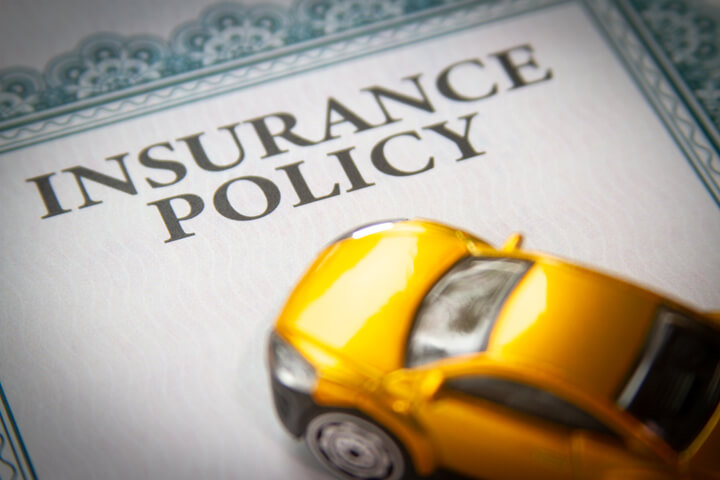As a parent, one of the inevitable milestones is adding your child to your car insurance policy. This decision is crucial, as it not only affects your premiums but also ensures your child’s safety and compliance with legal requirements. In this comprehensive guide, we will explore the factors that determine when to add your child to car insurance, the associated costs, and tips to make the process smoother.
- Legal Requirements: Before delving into the intricacies, it’s essential to understand the legal requirements surrounding adding a child to your car insurance. In most jurisdictions, once your child obtains a driver’s license, they need to be added to your policy. Failure to comply with these regulations can result in penalties, fines, or even the suspension of your driver’s license.
- Age and Driving Experience: The most common factor influencing the decision to add a child to car insurance is their age and driving experience. Insurance companies typically consider teenagers as high-risk drivers due to their limited experience on the road. As a result, premiums are likely to increase when your child obtains a driver’s license.
- Driver’s Education and Training: Some insurance providers offer discounts for teenagers who have completed a recognized driver’s education or training program. These programs not only enhance your child’s driving skills but can also contribute to lowering insurance premiums. Before adding your child to your policy, check with your insurance provider about available discounts.
- Ownership of a Vehicle: Whether your child owns a vehicle or frequently drives one owned by the family can also influence the decision to add them to the car insurance policy. If your child owns a car, they will need their insurance policy. However, if they occasionally use a family vehicle, it may be more cost-effective to add them to the existing policy.
- Financial Considerations: Adding a teen driver to your car insurance policy can lead to a significant increase in premiums. It’s crucial to evaluate your financial situation and consider whether it makes more sense for your child to have their insurance policy or be added to the family plan. Shopping around for quotes from different insurance providers can help you find the most cost-effective option.
- Types of Coverage: The type of coverage you have also plays a role in determining when to add your child to car insurance. Liability coverage is generally required, but you may also want to consider comprehensive and collision coverage, especially if your child will be driving a newer or more valuable vehicle.
- Driving Record and Behavior: Insurance companies often consider the driving record and behavior of the individual before determining premiums. Encourage your child to maintain a clean driving record by following traffic rules and avoiding accidents. Safe driving habits can lead to lower insurance costs over time.
- Communication with Your Insurance Provider: It’s crucial to maintain open communication with your insurance provider throughout the process. Discuss your child’s driving habits, whether they are a full-time student (which may qualify for discounts), and any other relevant information that could impact your insurance premiums.
Conclusion
Adding your child to your car insurance is a significant step, and timing is key. By considering legal requirements, age, driving experience, and financial aspects, you can make an informed decision that ensures both your child’s safety and financial well-being. Keep in mind that regularly reviewing and adjusting your insurance policy based on changing circumstances is essential for optimal coverage and cost savings



